Transform Your Home: The Best Light Sensors You Can’t Ignore!
In the realm of automation and smart technology, light sensors play a pivotal role in creating seamless experiences. From optimizing energy usage to enhancing security, these devices have become indispensable in various applications. In this comprehensive guide, we’ll delve into the top best light sensors available, explore their advantages and disadvantages, address frequently asked questions, draw conclusions, and offer recommendations based on customer feedback.
Introduction to Light Sensors
Light sensors, also known as photoelectric devices or photocells, detect the intensity of light and convert it into electrical signals. These signals are then utilized to trigger specific actions, such as turning lights on/off, adjusting the brightness of displays, or activating security systems. Light sensors are employed in a diverse array of industries and applications, including residential, commercial, industrial, and automotive sectors.
Top Best Light Sensors
Philips Hue Motion Sensor
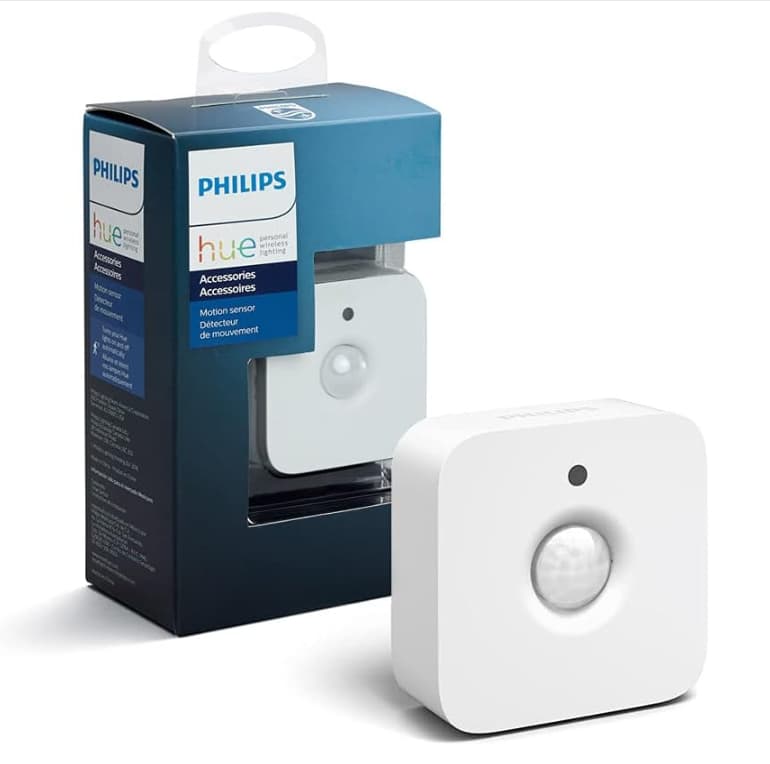
Description: The Philips Hue Motion Sensor integrates seamlessly with the Philips Hue ecosystem, allowing users to automate their lighting based on motion and ambient light levels.
Advantages: Easy installation, compatibility with smart home platforms like Amazon Alexa and Google Assistant, customizable settings through the Hue app.
Disadvantages: Requires a Hue Bridge for full functionality, relatively high price point compared to standalone sensors.
Aqara Motion Sensor
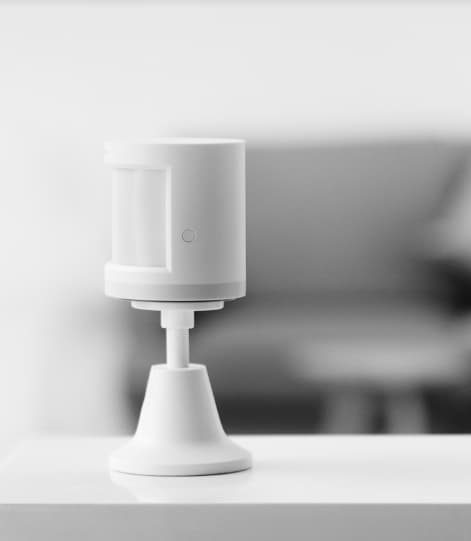
Description: Aqara Motion Sensor offers affordable smart home integration with features like motion detection, ambient light sensing, and temperature monitoring.
Advantages: Wide compatibility with popular smart home platforms, compact design, long battery life.
Disadvantages: Limited range compared to some competitors, may require Aqara Hub for advanced functionalities.
Eve Motion Sensor
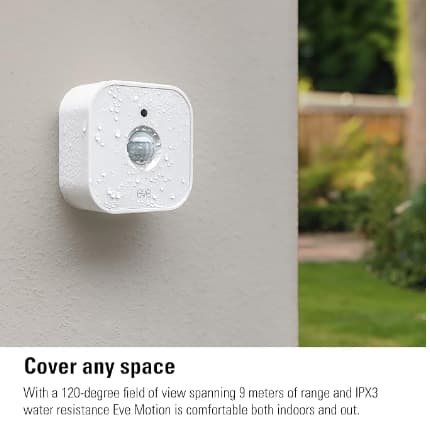
Description: Designed for Apple HomeKit ecosystem, Eve Motion Sensor provides accurate motion detection and ambient light sensing for intelligent automation.
Advantages: Seamless integration with Apple HomeKit, no hub required, precise motion detection algorithms.
Disadvantages: Limited compatibility with non-HomeKit devices, slightly higher price point for Apple-centric users.
Samsung SmartThings Motion Sensor
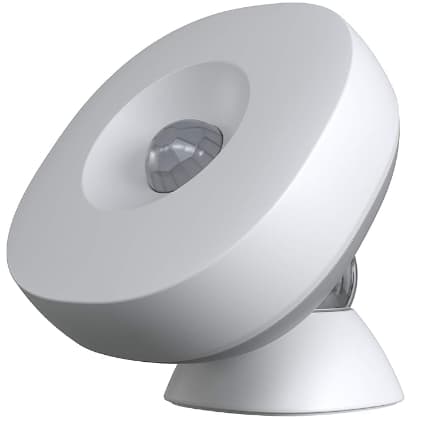
Description: Samsung SmartThings Motion Sensor offers versatile smart home integration, enabling users to monitor motion and light levels for enhanced automation.
Advantages: Works with a wide range of smart home devices, easy setup and configuration via SmartThings app, affordable pricing.
Disadvantages: Occasional connectivity issues reported by some users, may require a SmartThings Hub for full functionality.
Wyze Sense Motion Sensor
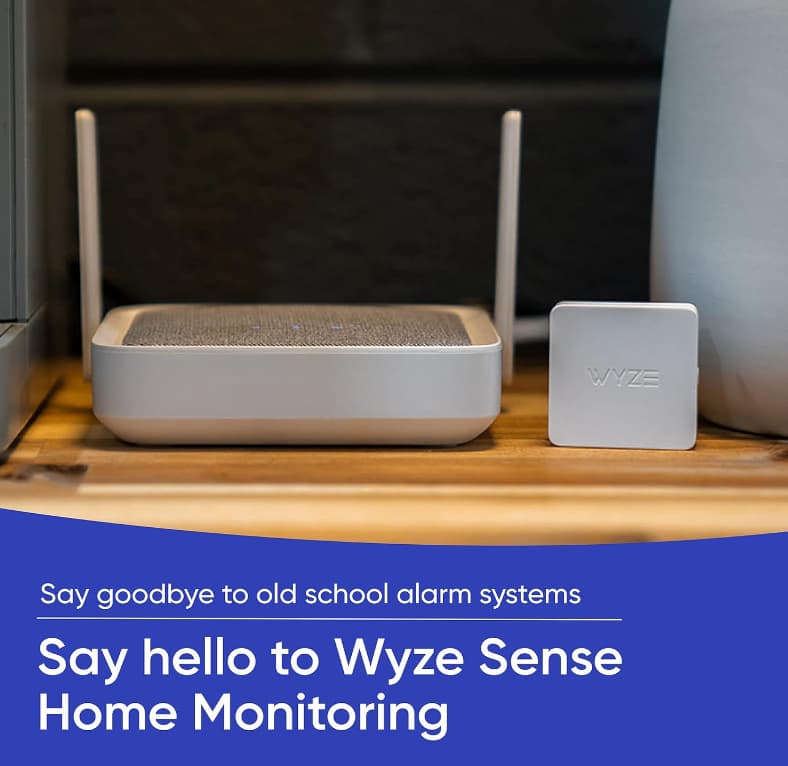
Description: Wyze Sense Motion Sensor provides budget-friendly home automation with motion detection and ambient light sensing capabilities.
Advantages: Extremely affordable, works with Wyze ecosystem and IFTTT for expanded functionality, compact design.
Disadvantages: Limited compatibility with third-party smart home platforms, occasional false positives reported by users.
Advantages and Disadvantages of Best Light Sensors
Advantages:
Energy Efficiency: Light sensors help optimize energy usage by automatically adjusting lighting levels based on ambient light conditions, reducing electricity consumption.
Convenience: Automated lighting control enhances convenience by eliminating the need for manual adjustments, especially in spaces with varying light levels throughout the day.
Security: Light sensors can contribute to home security by triggering lights or alarms in response to motion detection, deterring intruders or alerting homeowners to potential threats.
Customization: Many light sensors offer customizable settings and integration with smart home platforms, allowing users to tailor their lighting automation to suit their preferences.
Disadvantages:
Dependency on Power: Light sensors typically require a power source, whether it’s batteries or wired electricity, which means they may be affected by power outages or battery depletion.
False Positives/Negatives: In some cases, light sensors may misinterpret environmental cues, leading to false activations (e.g., triggering lights during daylight hours) or failing to detect motion accurately.
Compatibility Issues: Integration with existing smart home ecosystems or devices may pose challenges, particularly if the light sensor’s manufacturer uses proprietary protocols or platforms.
Limited Range/Field of View: Some light sensors have a restricted range or narrow field of view, which can affect their effectiveness in detecting motion or ambient light levels across larger areas.
FAQs (Frequently Asked Questions)
How do light sensors work?
Best Light sensors utilize various technologies, such as photodiodes or phototransistors, to detect changes in light intensity. When exposed to light, these components generate electrical signals proportional to the amount of light detected, which can then be processed by control circuits to trigger specific actions.
Can Best light sensors work in outdoor environments?
Yes, many light sensors are designed for outdoor use and feature weather-resistant construction to withstand exposure to the elements. However, it’s essential to verify the IP (Ingress Protection) rating of the sensor to ensure its suitability for outdoor installation.
Do Best light sensors consume a lot of power?
Light sensors typically consume minimal power, especially those designed for battery-powered operation. However, continuous operation and integration with other smart devices may impact overall power consumption.
Can Best light sensors detect motion through glass?
In most cases, light sensors rely on changes in ambient light levels to detect motion, which may not be as effective when motion occurs behind glass. However, some advanced motion sensors utilize infrared or ultrasonic technology, which can penetrate glass to detect motion.
How do I calibrate a light sensor for optimal performance?
Calibration methods vary depending on the light sensor’s design and features. Consult the manufacturer’s instructions or accompanying documentation for guidance on calibrating the sensor to suit your specific environment and requirements.
Conclusion
Best Light sensors are invaluable tools for enhancing energy efficiency, convenience, and security in both residential and commercial settings. By intelligently adjusting lighting levels based on ambient light conditions and motion detection, these devices contribute to a more comfortable and secure environment while minimizing energy wastage. When choosing a light sensor, consider factors such as compatibility, range, and integration with existing smart home platforms to ensure seamless operation and maximum utility.
Customer Recommendations
Based on customer feedback and reviews, the Philips Hue Motion Sensor emerges as a top choice for its seamless integration with the Philips Hue ecosystem, customizable settings, and reliable performance. Users appreciate its ease of installation and compatibility with popular smart home platforms like Amazon Alexa and Google Assistant.
While the initial investment may be higher compared to some alternatives, the Philips Hue Motion Sensor delivers exceptional value and functionality, making it a worthwhile addition to any smart home setup.
In conclusion, best light sensors offer a myriad of benefits for modern living, from energy savings to enhanced convenience and security. By selecting the right best light sensors for your needs and integrating it into your smart home ecosystem, you can enjoy a more efficient, comfortable, and connected living environment. Whether you’re looking to automate your lighting, enhance security, or simply streamline your daily routines, light sensors provide a versatile solution for modern living.

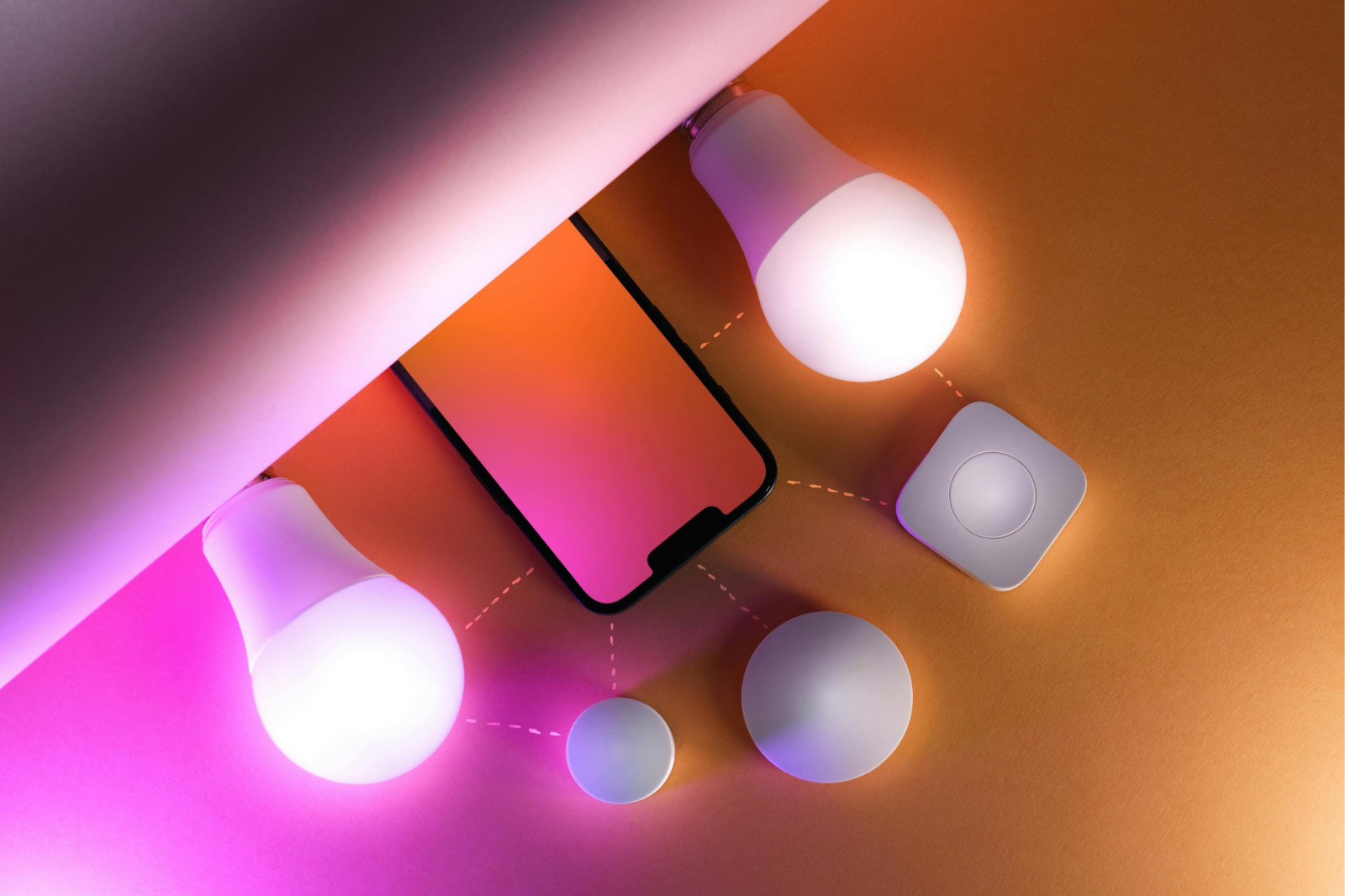
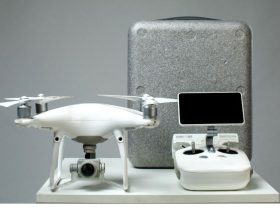

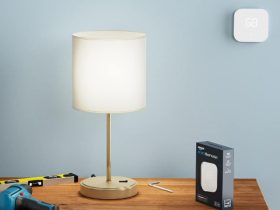
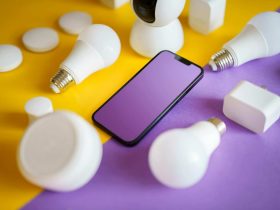

Leave a Reply